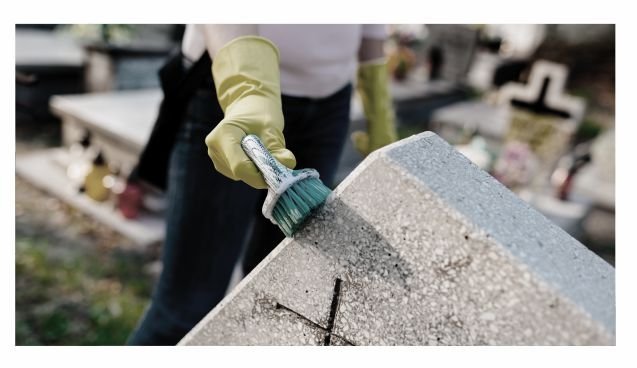 Made in Slovakia
Made in Slovakia ISO 9001
ISO 9001 Made in Slovakia
Made in Slovakia ISO 9001
ISO 9001 Sculptures, monuments, and other historical objects may become contaminated and weathered over time, and paint may peel off. It is difficult to restore such historic monuments using traditional cleaning methods without damaging their surfaces. Dry ice blasting offers a gentle, environmentally friendly way to remove contaminants without causing damage. Only the surface paints and/or contaminants are removed, and no secondary waste is generated.
Sculptures, monuments, and other historical objects may become contaminated and weathered over time, and paint may peel off. It is difficult to restore such historic monuments using traditional cleaning methods without damaging their surfaces. Dry ice blasting offers a gentle, environmentally friendly way to remove contaminants without causing damage. Only the surface paints and/or contaminants are removed, and no secondary waste is generated.
The majority of historic restoration work requires a non-abrasive cleaning process without the use of chemicals. Layers of paint and years of deposits often hide the original detail of a structure. The objective of historic restoration work is to restore the structure to its original state, and clean the surface without inflicting additional damage.
These requirements are ideally met by ecological dry ice cleaning, making it an important alternative to original cleaning methods such as sandblasting, water cleaning, and chemical cleaning.
 Dry ice cleaning vs. other cleaning methods
Dry ice cleaning vs. other cleaning methods
Chemicals can be absorbed into stone, sculptures and marble, and abrasive cleaning can scratch, impair the integrity, or scar the base. This also potentially impacts surface integrity. Solvents in addition require separate disposal and often subsequent treatment. Halogenated hydrocarbons and other cleaning additives have adverse effects on health and the environment. The use of toxic solvents is often restricted by law.
ICS cleaning methods are non-abrasive and chemical-free, making this process ideal for restoring monuments, facades, and sculptures. There are no legislative restrictions on the use of dry ice. The absence of secondary waste is another attractive aspect for restoration work. Our process is environmentally safe and highly recommended. Dry ice blasting provides significant time savings as there is no need for disassembly and reassembly.
The cleaning process uses three basic factors: kinetic energy, thermal shock, and sublimation. The process only results in the removed contaminant, and there is no secondary waste, unlike with e.g. sandblasting. This means that cleaning with dry ice is effective, gentle on the material being cleaned, and environmentally friendly. Using dry ice you can ecologically and gently remove deposits, contaminants, or surface rust without needing to disassemble the equipment being cleaned, thus saving time and significant costs.